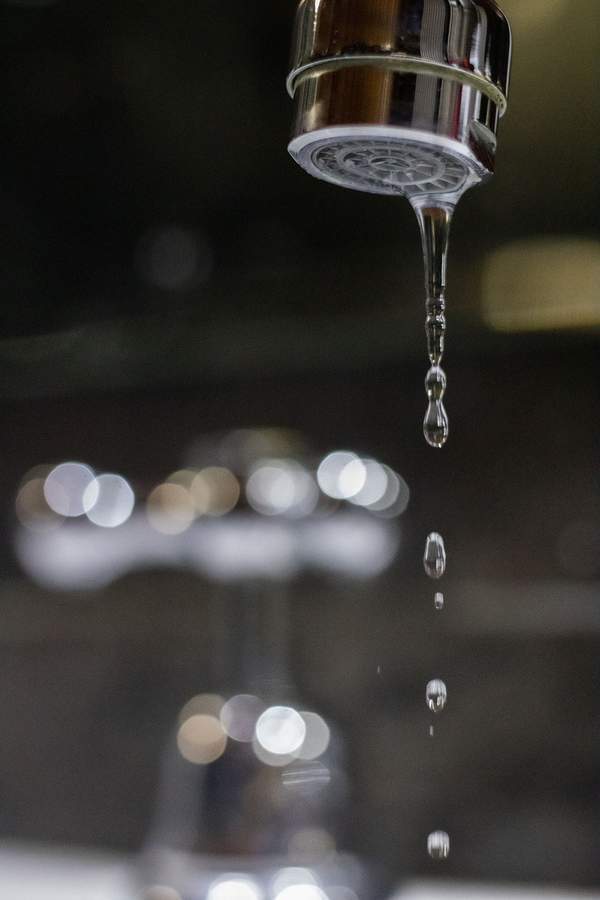Plumbing issues can be a homeowner’s nightmare, often lurking unnoticed until they cause significant damage. Understanding common plumbing problems discovered during inspections is crucial for maintaining the integrity and safety of a home. As a certified home inspection professional, uncovering these issues early can save homeowners from costly repairs and potential hazards.
Identifying Common Plumbing Issues
During a home inspection, several plumbing issues are frequently encountered. These issues not only affect the usability of the plumbing system but can also lead to more severe structural problems if left unaddressed.
- Leaky Faucets and Pipes: Even minor leaks can lead to water wastage and increased utility bills. Inspectors often find worn-out seals or corroded pipes as the culprits.
- Low Water Pressure: Reduced water pressure can indicate clogged pipes or a malfunctioning pressure regulator. Testing water pressure should yield readings between 40-60 psi for optimal performance.
- Running Toilets: Often caused by worn-out flappers or faulty fill valves, running toilets can significantly increase water consumption.
Detecting Hidden Plumbing Concerns
Some plumbing issues are not immediately apparent but can be detected through professional inspections.
- Pipe Corrosion: Over time, pipes can corrode, especially if made from galvanized steel. Inspectors look for signs of rust and mineral deposits as indicators.
- Water Heater Issues: Properly functioning water heaters are critical. Inspectors assess the age and condition of the unit, checking for sediment build-up or unusual noises.
- Sewer Line Blockages: Using specialized cameras, inspectors can identify obstructions or tree root intrusions in sewer lines, preventing potential backups.
Ensuring Compliance with Standards
Professional home inspections also ensure that plumbing systems comply with local building codes and standards, safeguarding homeowners from potential legal issues and ensuring safety.
- Inspectors verify the installation of backflow prevention devices to protect water supply lines from contamination.
- They confirm proper venting of plumbing fixtures to prevent sewer gas from entering the home.
Regular inspections and timely maintenance can extend the lifespan of a home’s plumbing system and prevent unexpected issues.
In conclusion, understanding and addressing common plumbing issues is essential for maintaining a safe and efficient home. For peace of mind and professional expertise, consider scheduling a comprehensive home inspection to identify and resolve potential plumbing concerns before they escalate.

